Oh boy, the last leg of this wonderous east coast is not to be missed. 3 screaming nugggets never to be missed. I’ll start you’ll off gently. Firstly we’ll look back to yesterday’s castle ruins across the bay from Low Newton-by-the-Sea. There is a High one too but the view is not so good.

Along coast is the glamorous, or not so glamorous, depending on your point of view, town and working harbour of Seahouses, overlooked by a layered ring of grey terraces and two pubs on the hill, with little heads poking over the top of WWI trenches, appearing from their trestled tables with pints in hand, ready to go over the top.
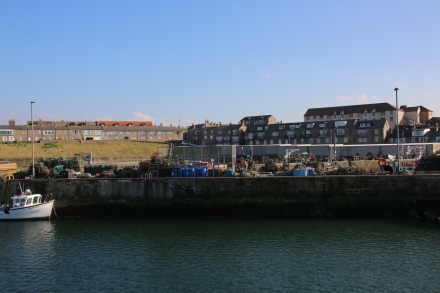
The first gem is Bamburgh Castle. This is not a ruin but a well maintained, and very expensive, Victorian tribute to past glories – to Saxon defences against the Vikings, although it can’t have been that effective as it was destroyed by the horned invader in 993, to Norman invasion, they built a new castle here and to big families and governors of Northumberland who live there to this day.


The Holy island of Lindisfarne is best appreciated from a distance. Getting too close means that you have to rub shoulders with thousands of the hoy poloy who trog around its lanes and paths disrupting any spiritual essence that might have remained from the ruins of the priory and the newer church. A word of warning – always check the tide tables before setting out over the causeway, The setting is completely surreal. The vehicles form a caravan through the boggy sands of the Lindisfarne desert to reach the oasis of land in the turmoil of the surrounding waters.



Looking back across the sands is just as impressive.
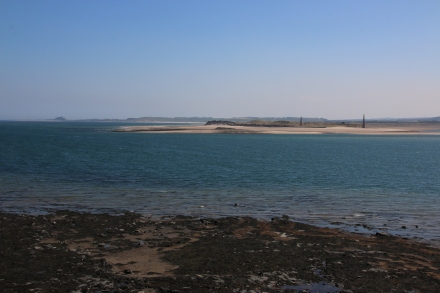
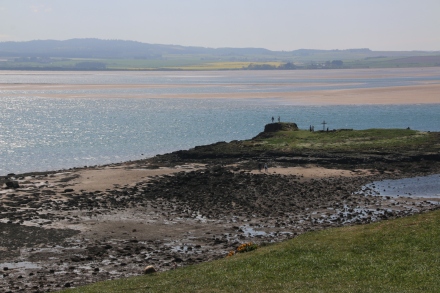

The castle stands secure in its security blankets of scaffolding and plastic.

Spittal, on the south bank of the Tweed, is a marker for Berwick on the south.

Finally, I reach Berwick-upon-Tweed, occupied by the English & the Scotts equally and full of history and intrigue. The final settlement of any size before the border and surrounded by holiday caravans, it oozes granite history and industry. A town worthy of accolades from both countries.
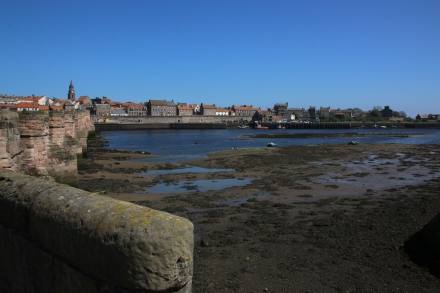


Finally, I leave you with this little fella that I met on a barbed wire fence at Goswick.
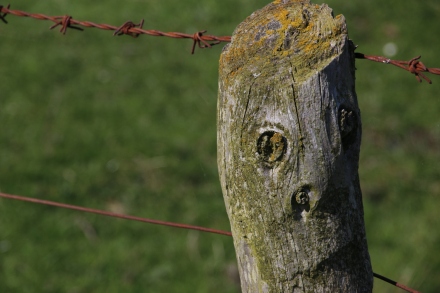
See you all again soon.











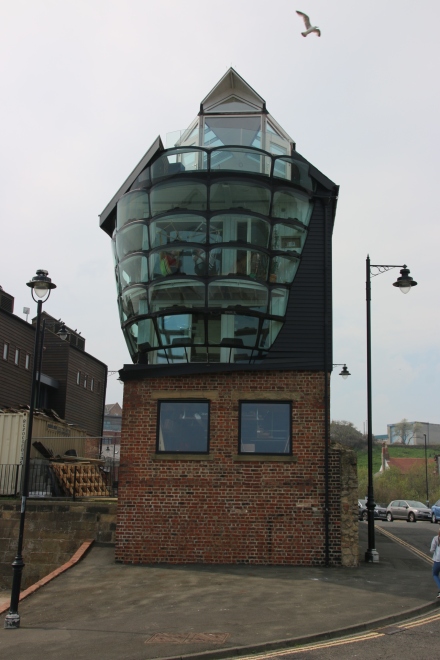
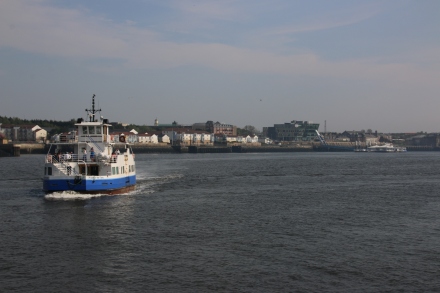

























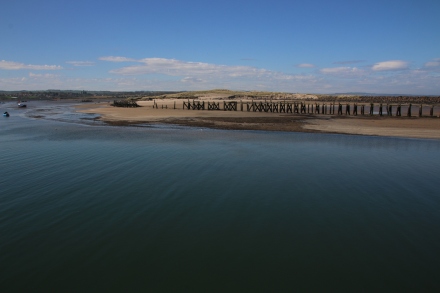




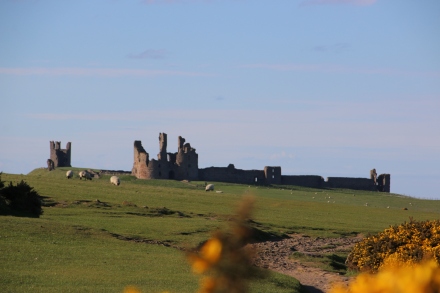





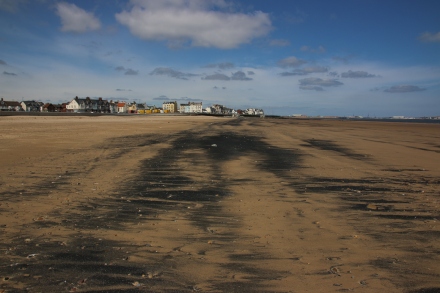


















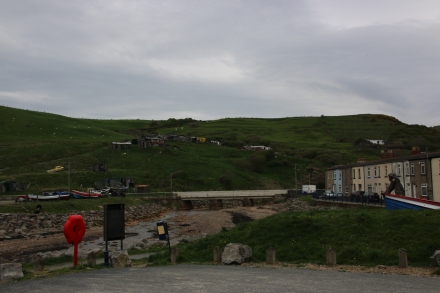


You must be logged in to post a comment.